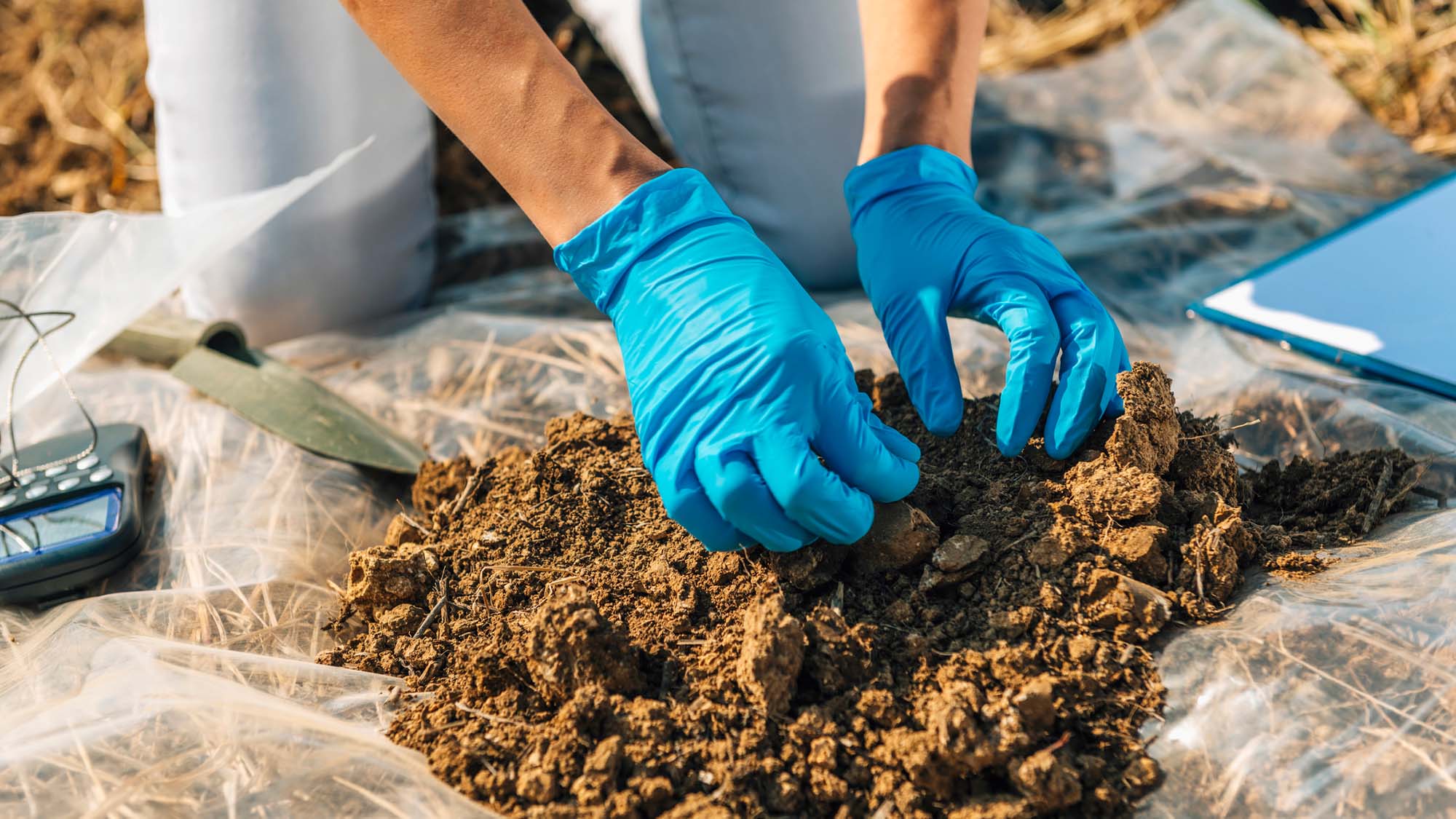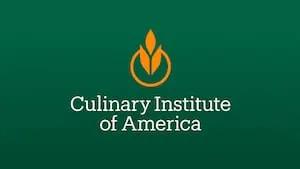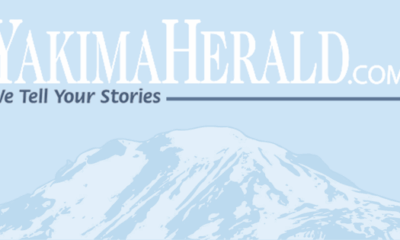Health
Researchers Demand Stricter Lead Standards After Wildfires

Governments must enhance soil testing practices and enforce stricter lead safety standards following contamination from wildfires, according to a recent report by researchers from the Harvard T.H. Chan School of Public Health. The call to action is rooted in the findings of a study associated with the Los Angeles Fire Human Exposure and Long-Term Health Study (L.A. Fire HEALTH Study), which examines the health implications of the devastating wildfires that occurred in January 2025.
The researchers published their recommendations in a Perspective article on August 8, 2025, in the Journal of Exposure Science and Environmental Epidemiology. Their work emphasizes the need for improved soil remediation protocols aimed at addressing lead contamination, particularly in residential areas affected by these fires.
A critical review of California’s current standards indicated that the state’s lead safety levels might not adequately protect public health. The existing benchmarks are based on outdated modeling techniques, which could leave communities vulnerable to health risks associated with lead exposure. The researchers are advocating for stricter regulations and mandatory soil testing in areas where properties have been destroyed by wildfires.
“We’re getting asked these questions every single day … ‘Is it safe for my kids?’” said Joe Allen, lead author and professor of exposure assessment science. In an interview with the Los Angeles Times, he expressed his concern regarding the reliability of current models, stating, “I can’t look at somebody in the eye anymore, knowing what I know about these models, and tell them yes.”
This initiative reflects a growing awareness of the long-term health risks posed by environmental contaminants, particularly in regions regularly impacted by wildfires. The research team also included notable figures such as Kari Nadeau, Parham Azimi, Gen Pei, Lauren Ferguson, and Lindsey Burghardt, all of whom contributed to the comprehensive study.
The implications of these findings are significant, particularly for families residing in areas affected by wildfires. As communities begin to rebuild, the need for rigorous testing and clear safety standards is paramount to ensure public health and safety.
Moving forward, the researchers urge policymakers to act decisively in implementing these recommendations to mitigate the potential health hazards associated with lead-contaminated soil. The call for action aims to protect vulnerable populations, particularly children, who are at higher risk of adverse health effects from lead exposure.
For more details on the recommendations and the broader implications of the study, refer to the article titled “Post-fire soil hazards: recommendations for updated soil testing protocols and clearance thresholds.” The findings underscore the urgent need for updated safety measures in the wake of environmental disasters, ensuring that communities do not face additional health challenges while recovering from the devastation of wildfires.
-

 Technology5 months ago
Technology5 months agoDiscover the Top 10 Calorie Counting Apps of 2025
-

 Health2 months ago
Health2 months agoBella Hadid Shares Health Update After Treatment for Lyme Disease
-

 Health3 months ago
Health3 months agoErin Bates Shares Recovery Update Following Sepsis Complications
-

 Technology4 months ago
Technology4 months agoDiscover How to Reverse Image Search Using ChatGPT Effortlessly
-

 Technology1 month ago
Technology1 month agoDiscover 2025’s Top GPUs for Exceptional 4K Gaming Performance
-

 Technology2 months ago
Technology2 months agoElectric Moto Influencer Surronster Arrested in Tijuana
-

 Technology5 months ago
Technology5 months agoMeta Initiates $60B AI Data Center Expansion, Starting in Ohio
-

 Technology5 months ago
Technology5 months agoRecovering a Suspended TikTok Account: A Step-by-Step Guide
-

 Health4 months ago
Health4 months agoTested: Rab Firewall Mountain Jacket Survives Harsh Conditions
-

 Lifestyle5 months ago
Lifestyle5 months agoBelton Family Reunites After Daughter Survives Hill Country Floods
-

 Technology4 months ago
Technology4 months agoHarmonic Launches AI Chatbot App to Transform Mathematical Reasoning
-

 Technology3 months ago
Technology3 months agoUncovering the Top Five Most Challenging Motorcycles to Ride





















